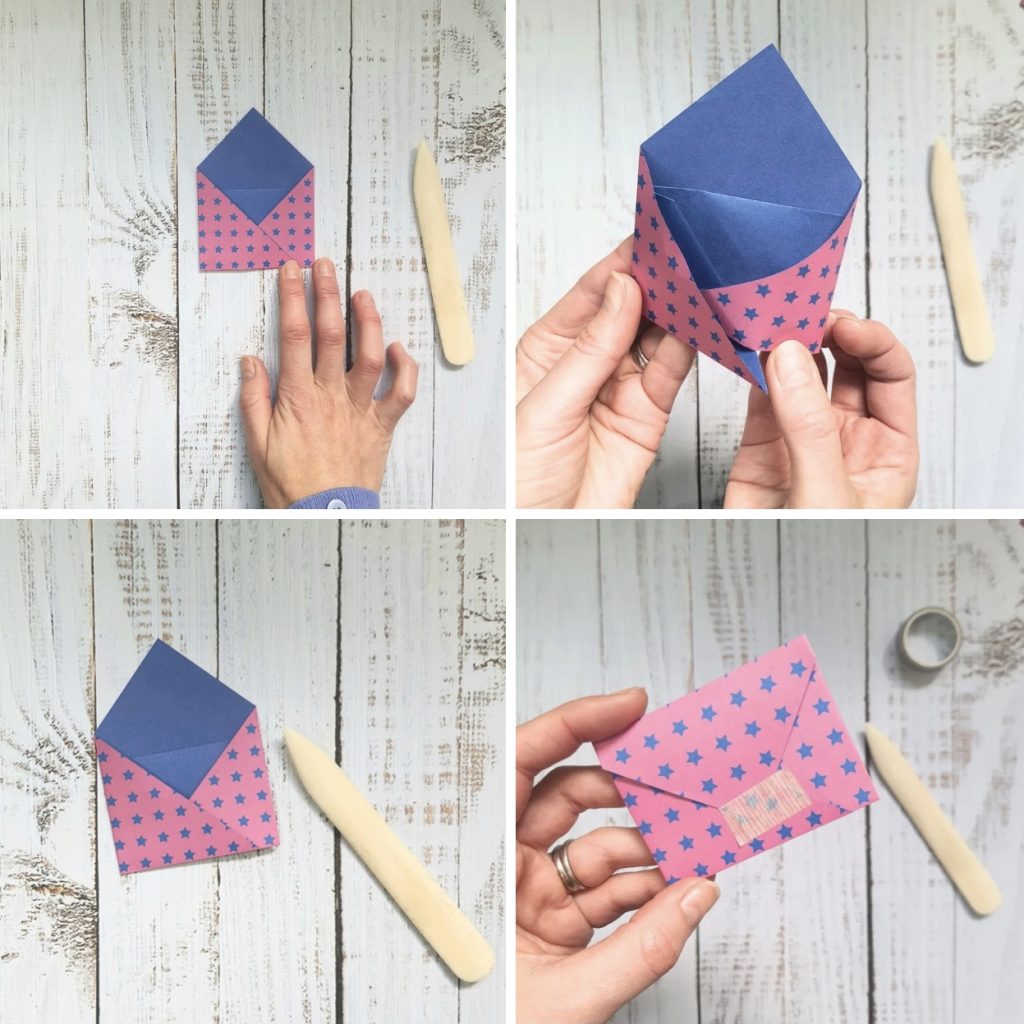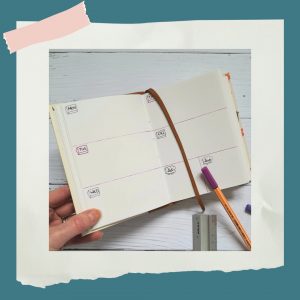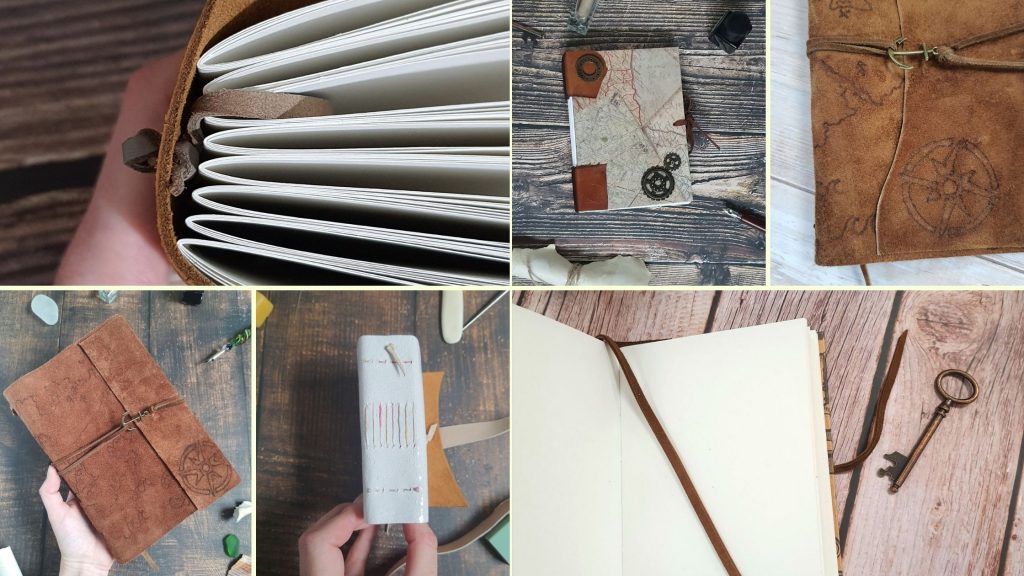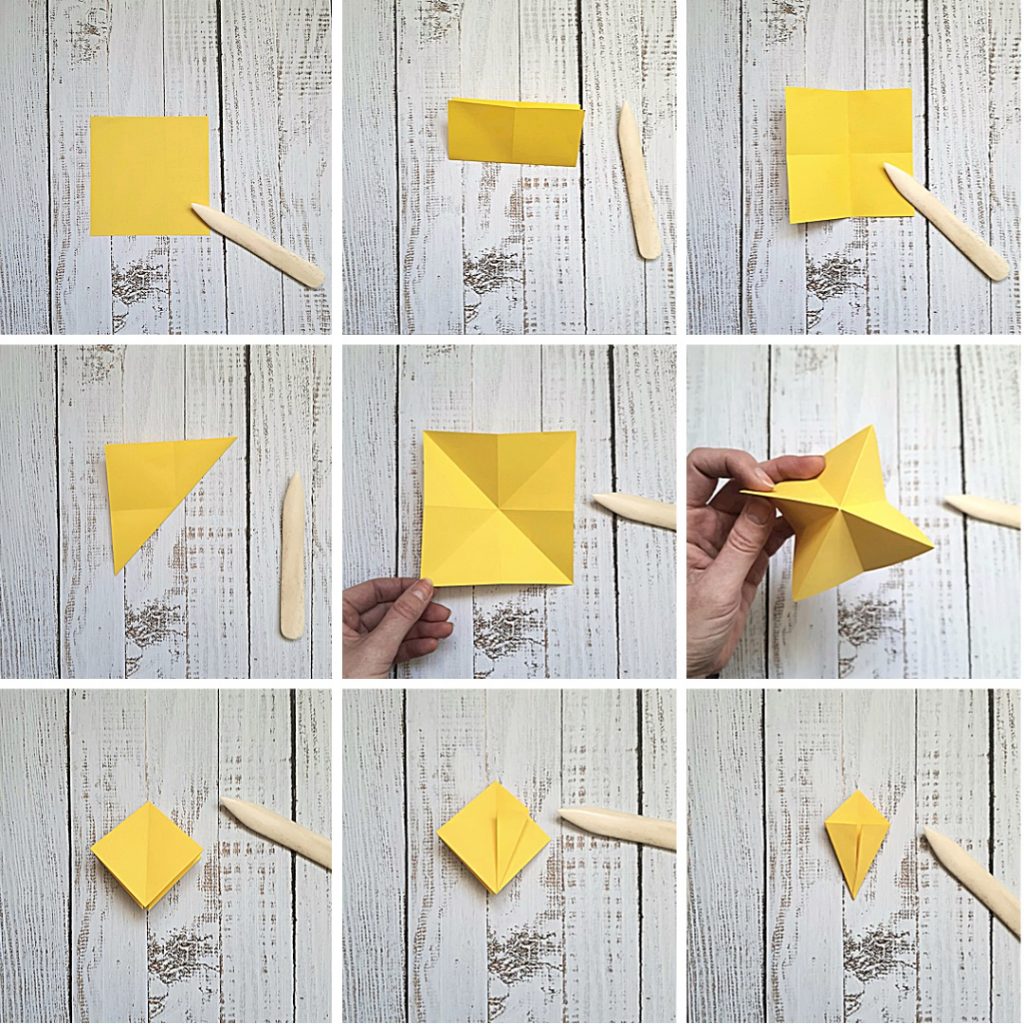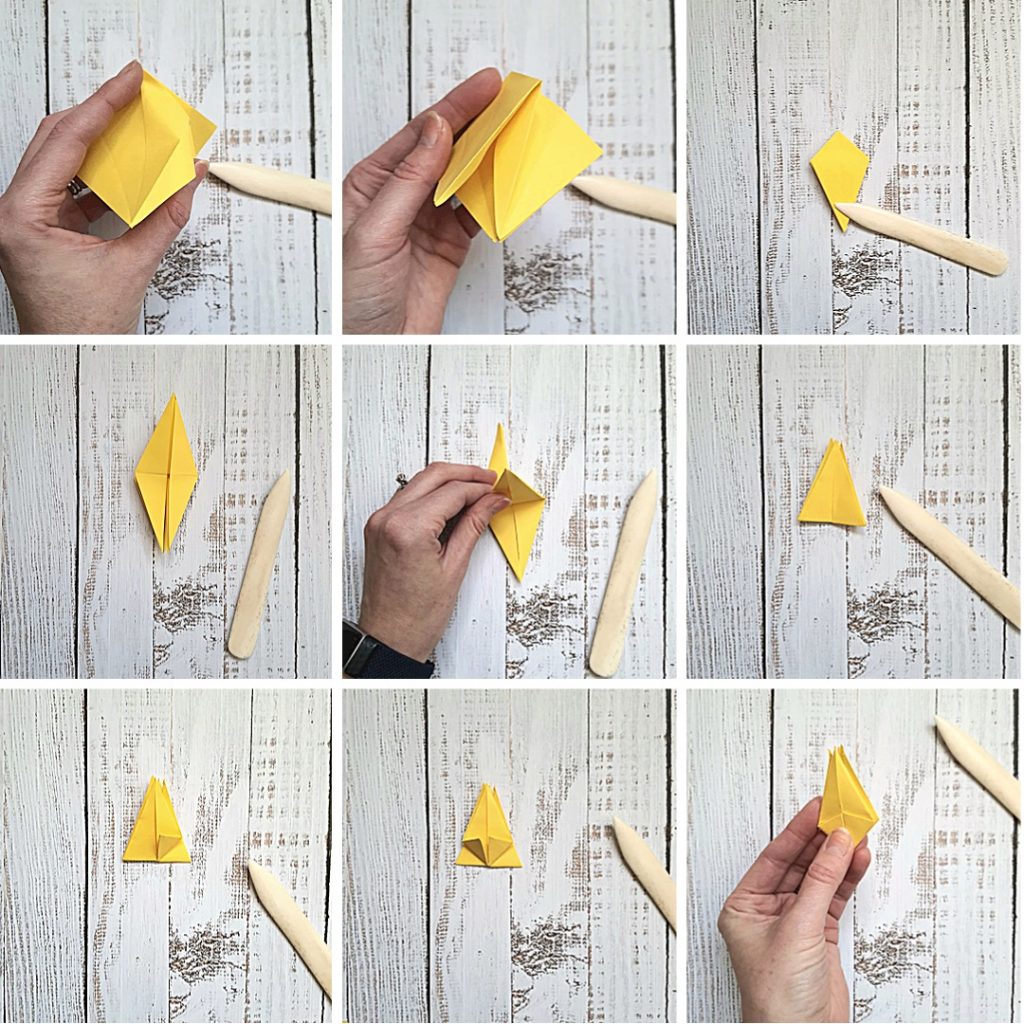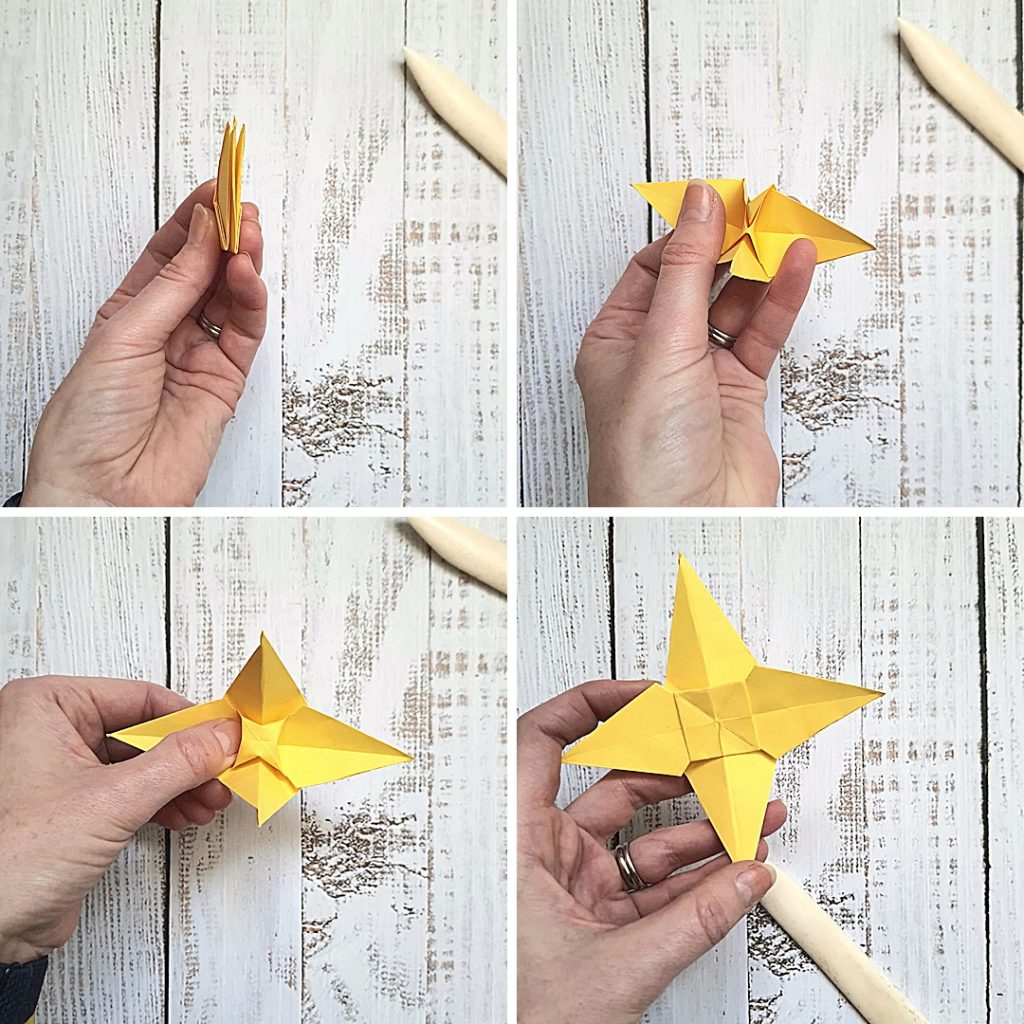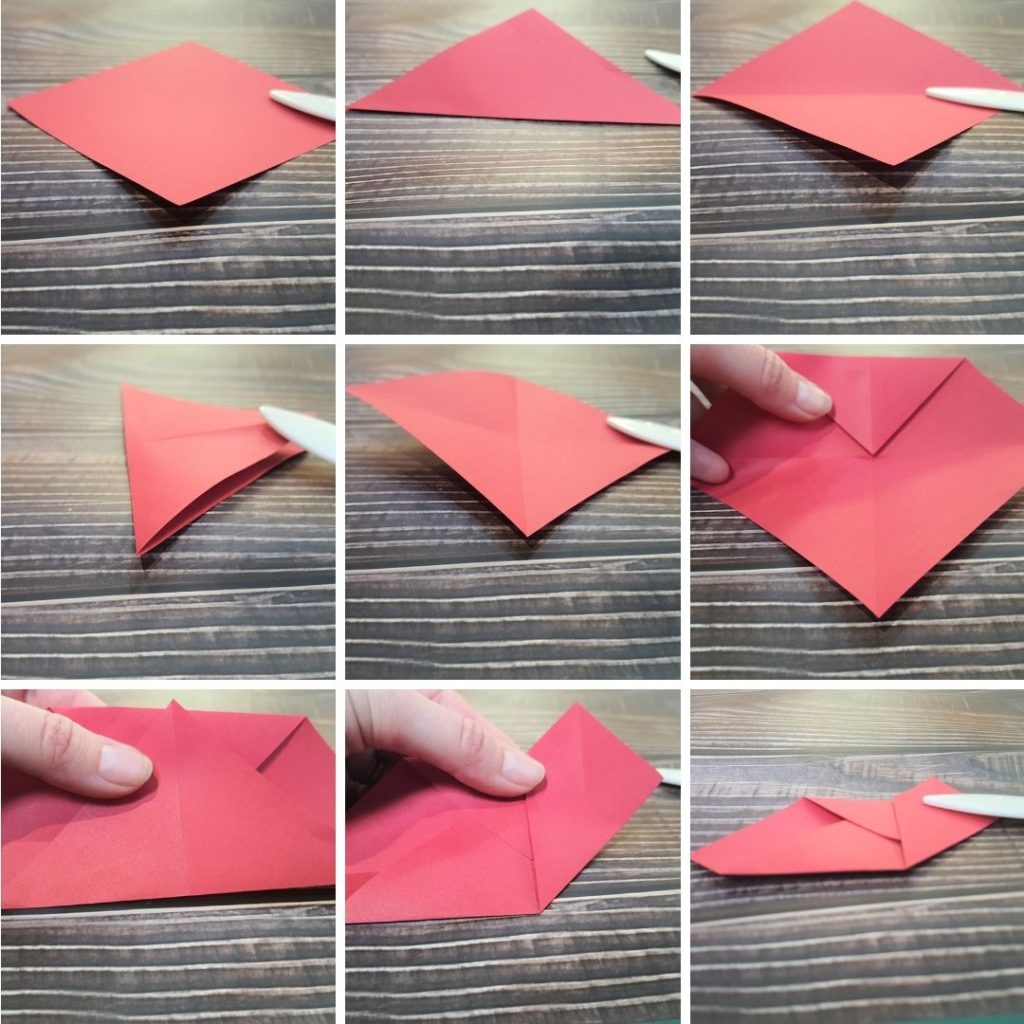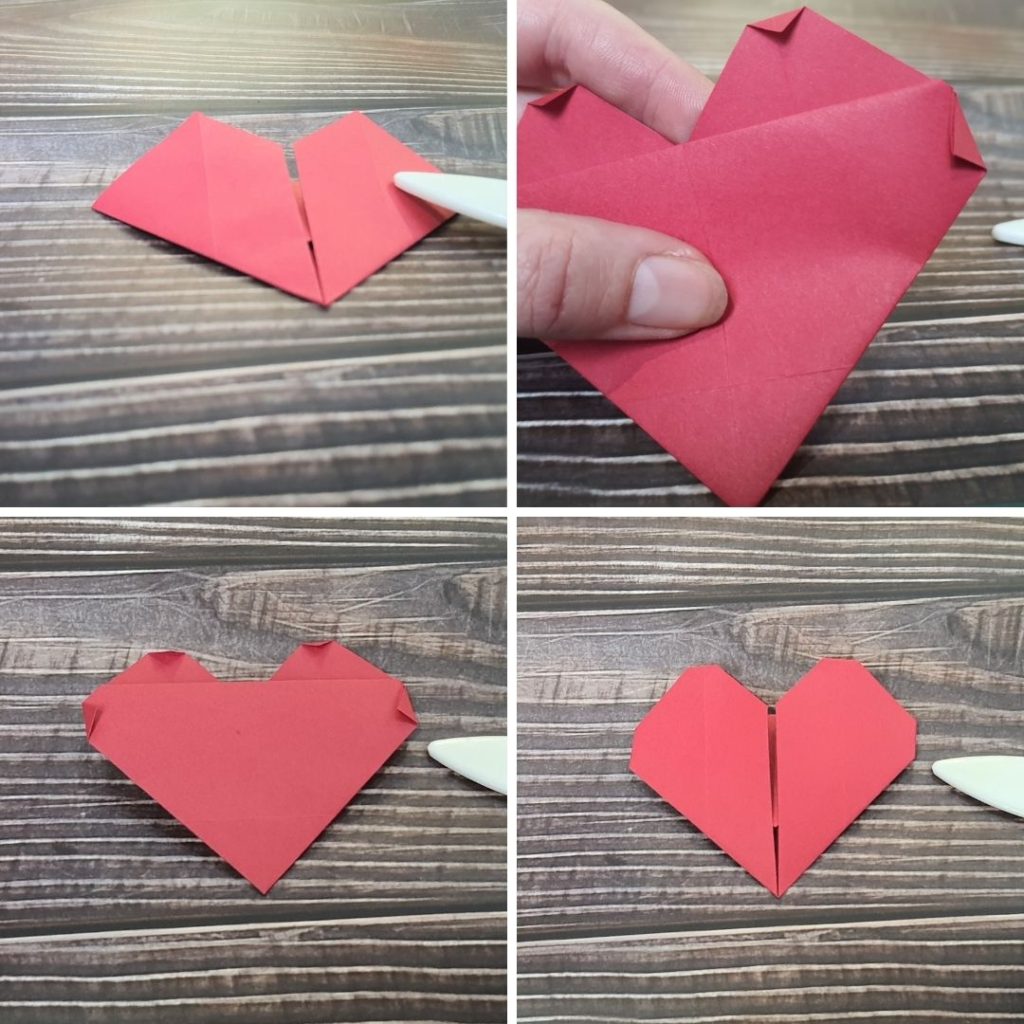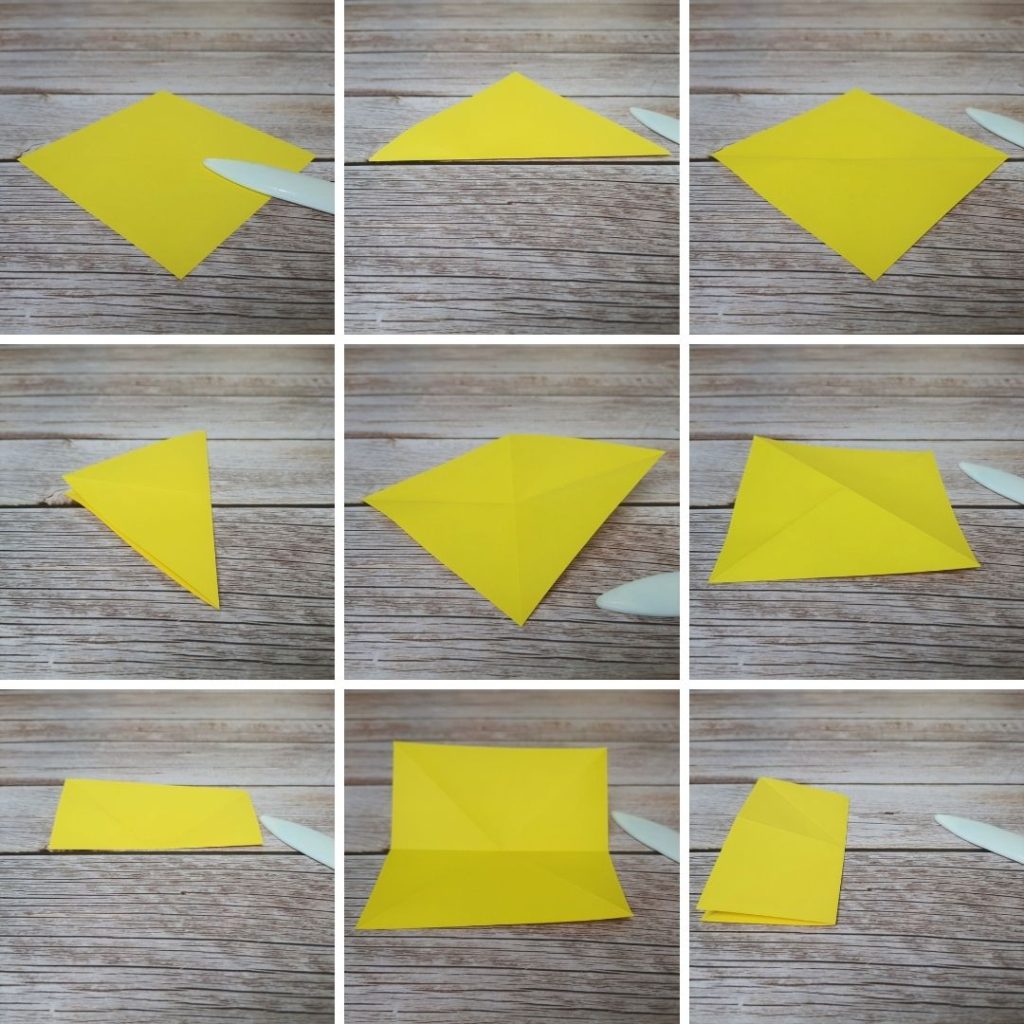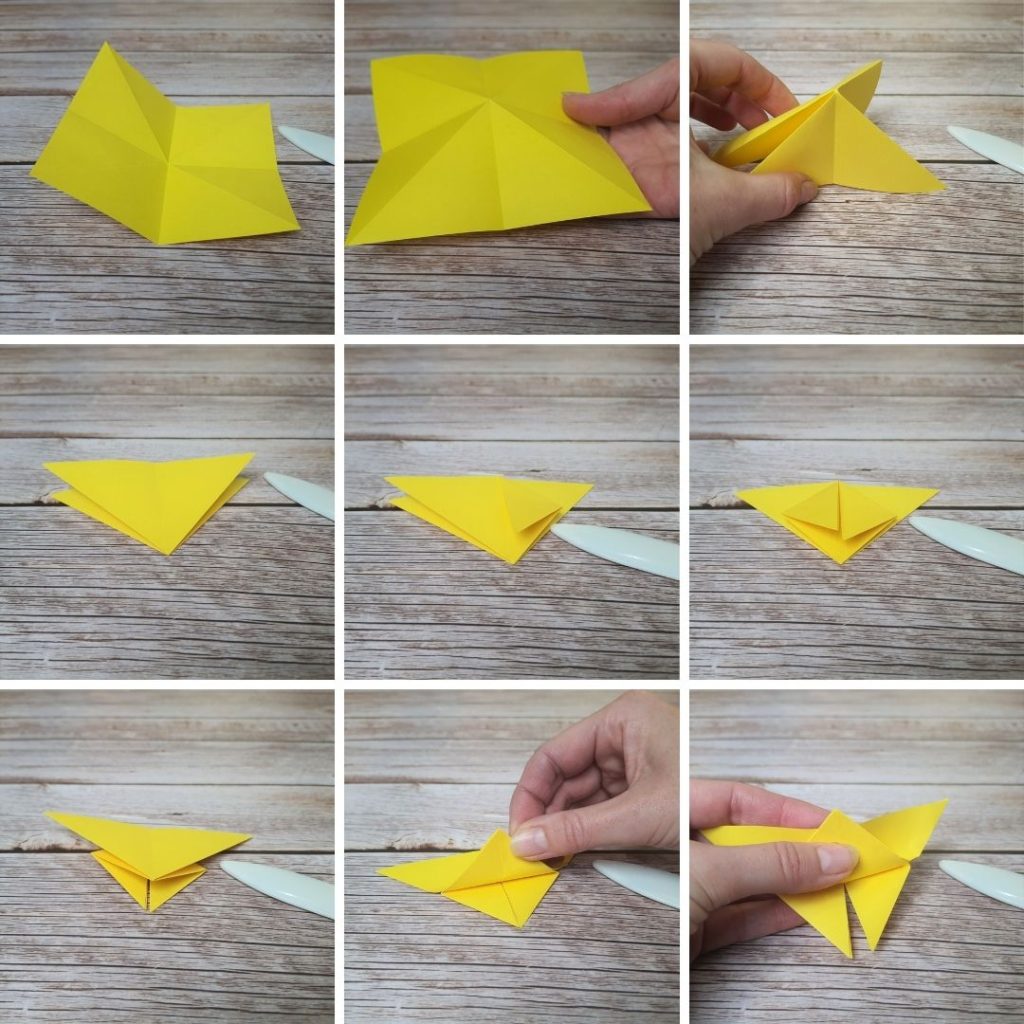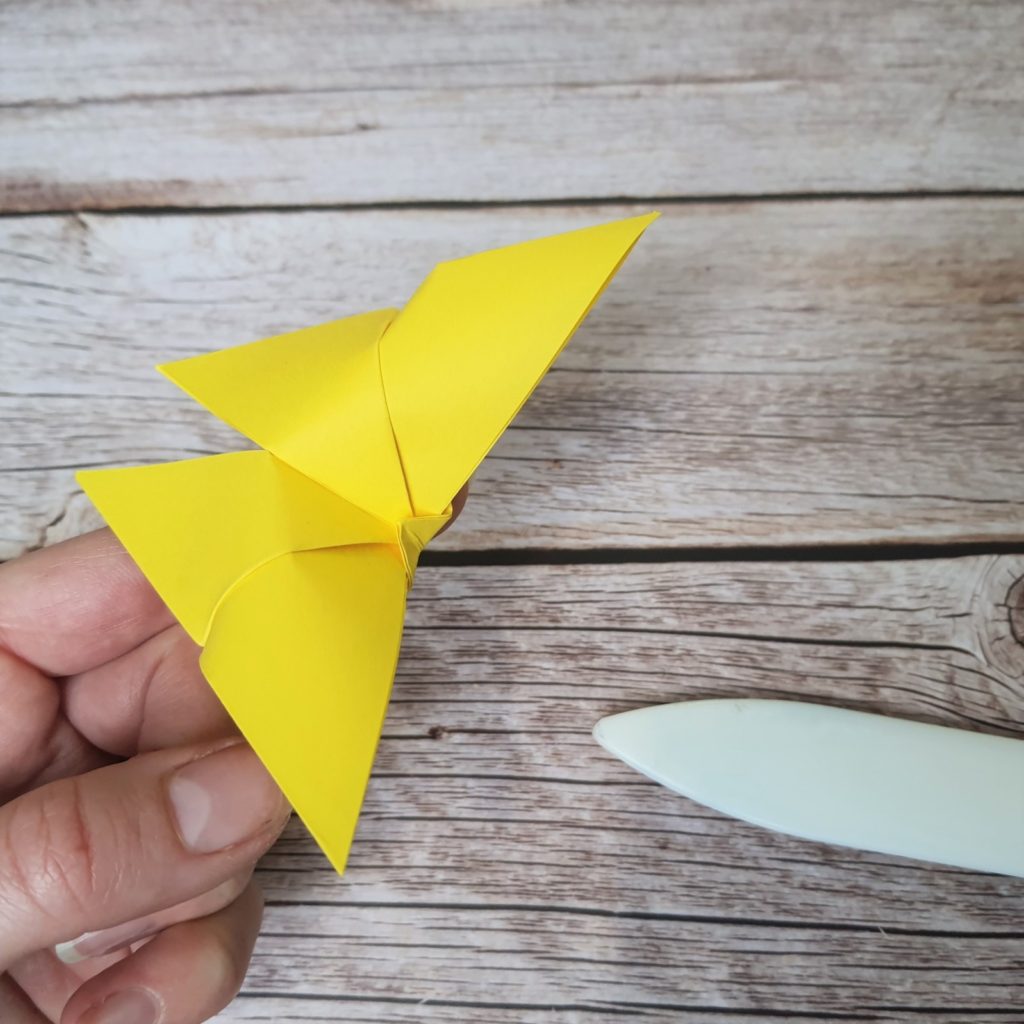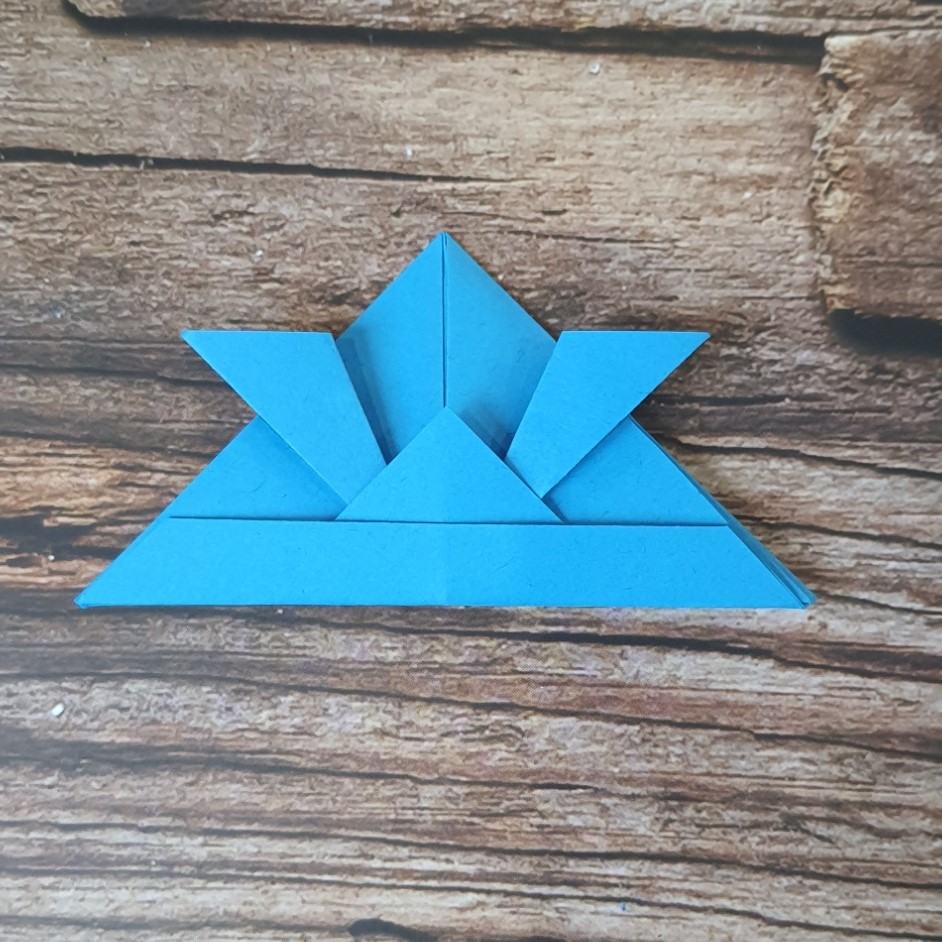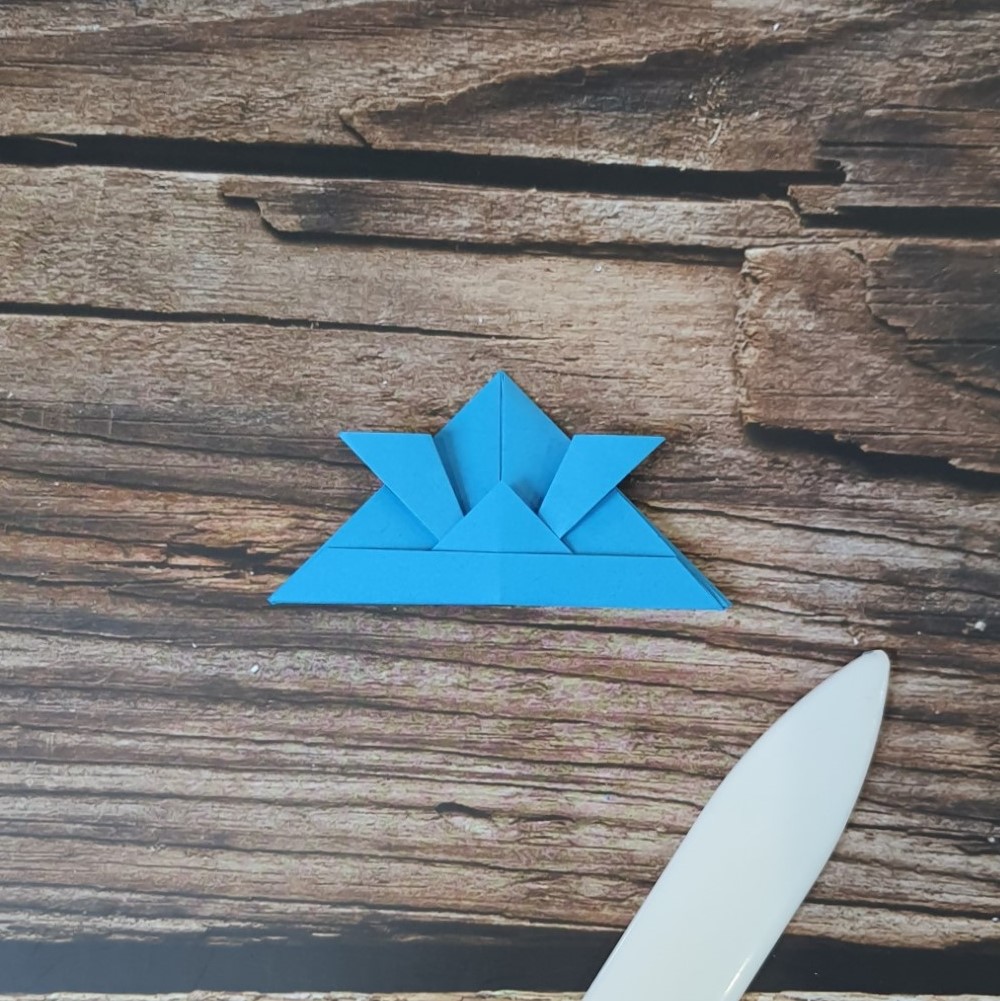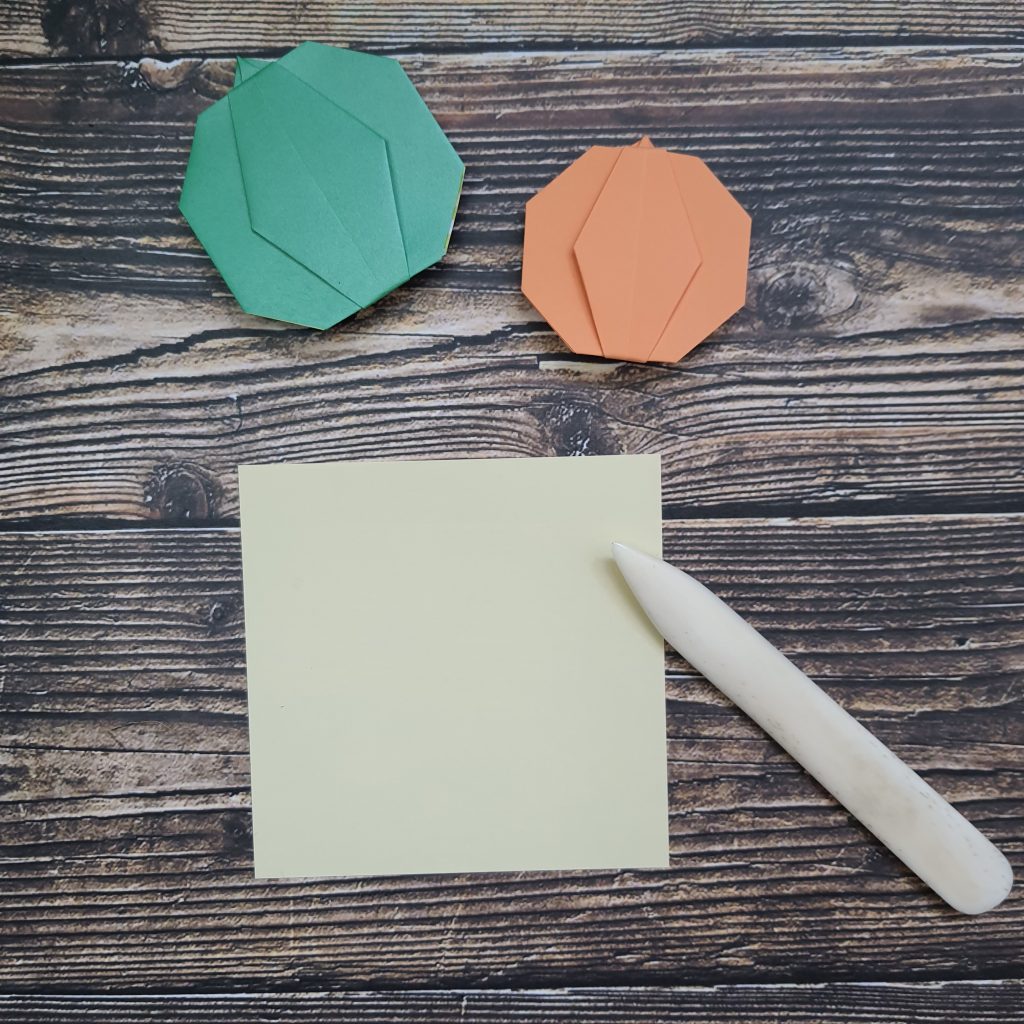
Try making this origami pumpkin in a variety of colours and patterns for a fun autumn project. You’ll need a sheet of fairly thin square paper; crease the folds with a creasing tool, or you can use the back of your thumb nail.
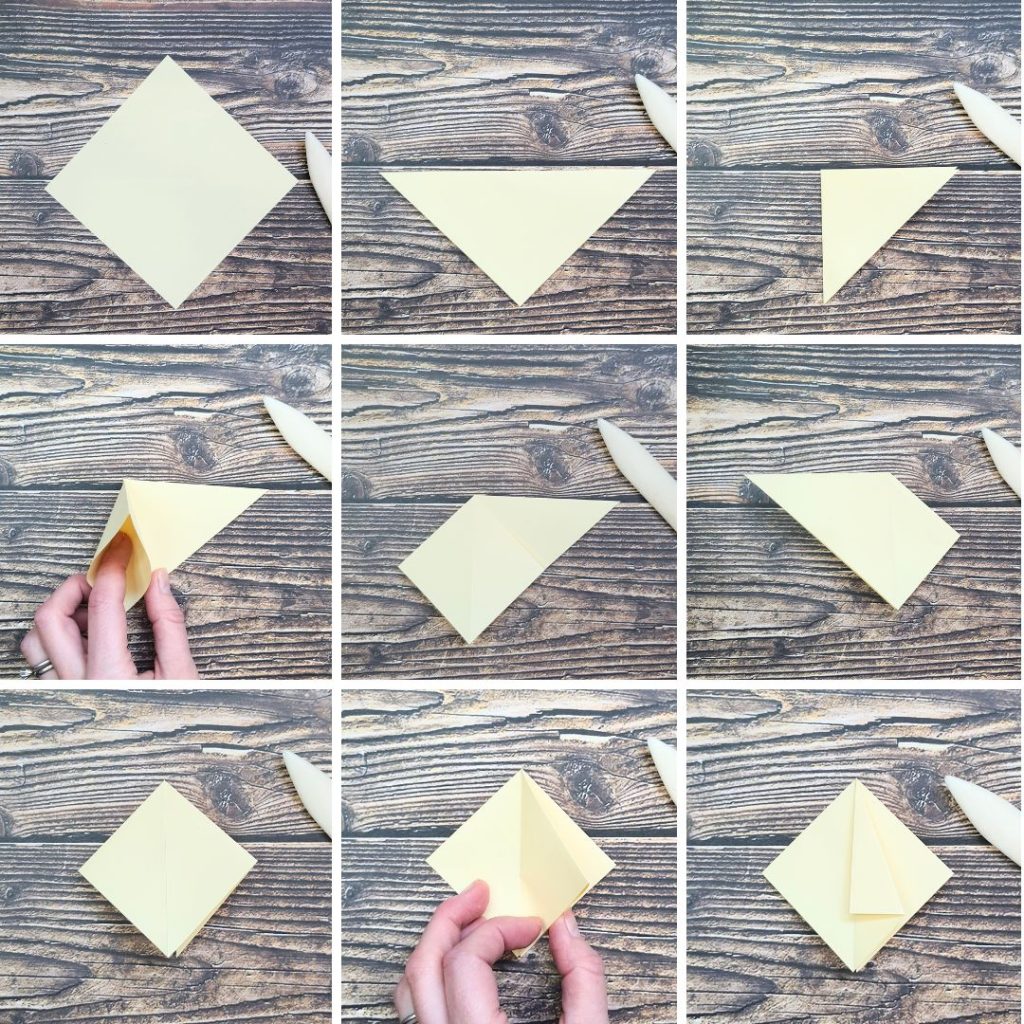
- Start with the square of paper turned so it looks like a diamond
- Fold it in half, top corner to bottom corner
- Fold in half again, corner to opposite corner, along the top edge
- Lift the flap you’ve just folded, and open up the layers…
- Squash this layer into a neat diamond shape
- Flip over sideways, and do the same squash fold on the other flap
- You should now have a nice diamond shape, with layers that open at the bottom
- Take the top flap on the left over to the right…
- Fold this to the left, so the top sloped edge lines up with the central crease
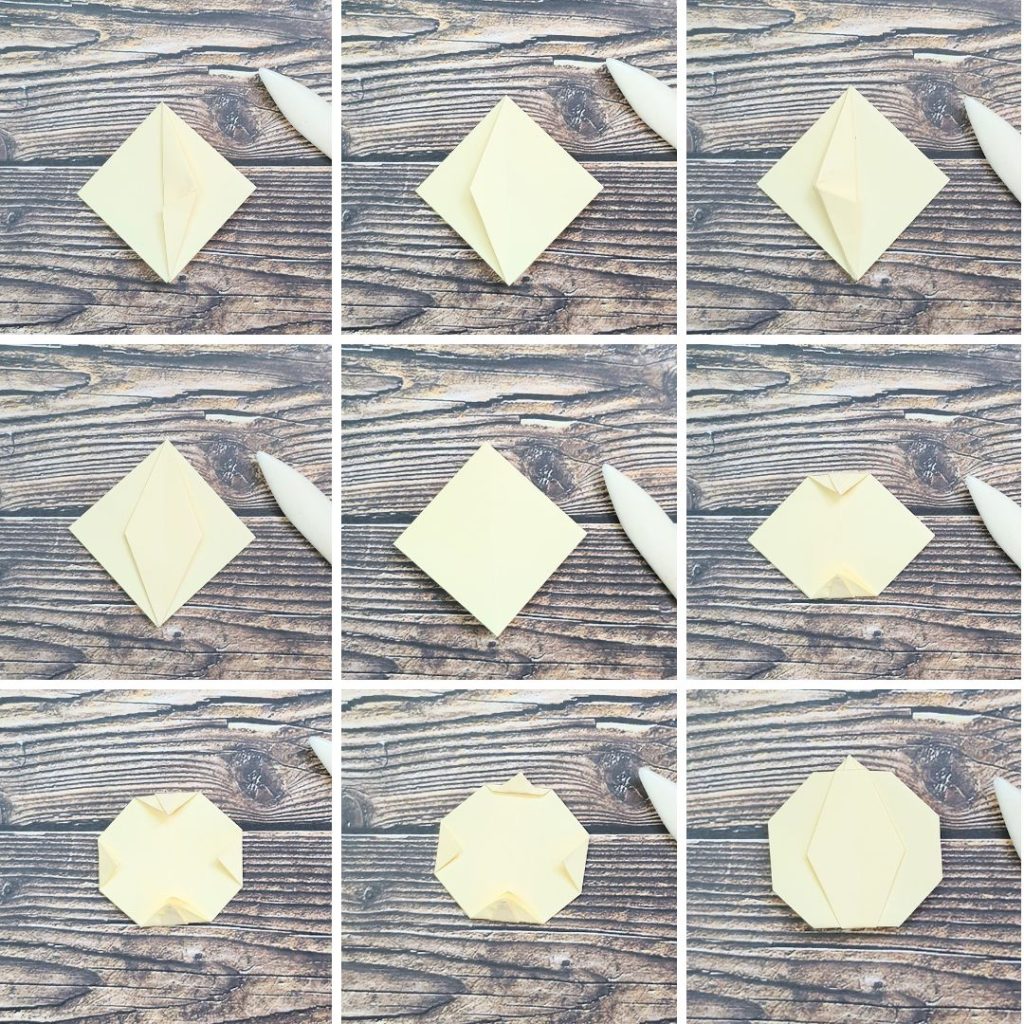
- Fold the bottom sloped edge to line up with the central crease
- Take this layer back over to the right and press the creases flat
- Next, take the top flap on the right over to the left, and make the same two folds
- Once you’ve taken that flap back over to the right, you should be left with a slim diamond shape in the middle
- Flip the model over
- Fold over the top and bottom corners a small amount to shape the pumpkin
- Fold both side corners in, roughly the same amount (you can take a look at the right side to check you’re happy with the shape, and adjust these folds if necessary)
- Take the small top triangle you folded over, and fold the point up, so the tip sticks out a bit over the top of the pumpkin, creating the stalk
- Turn it over to the right side to see the finished result!




